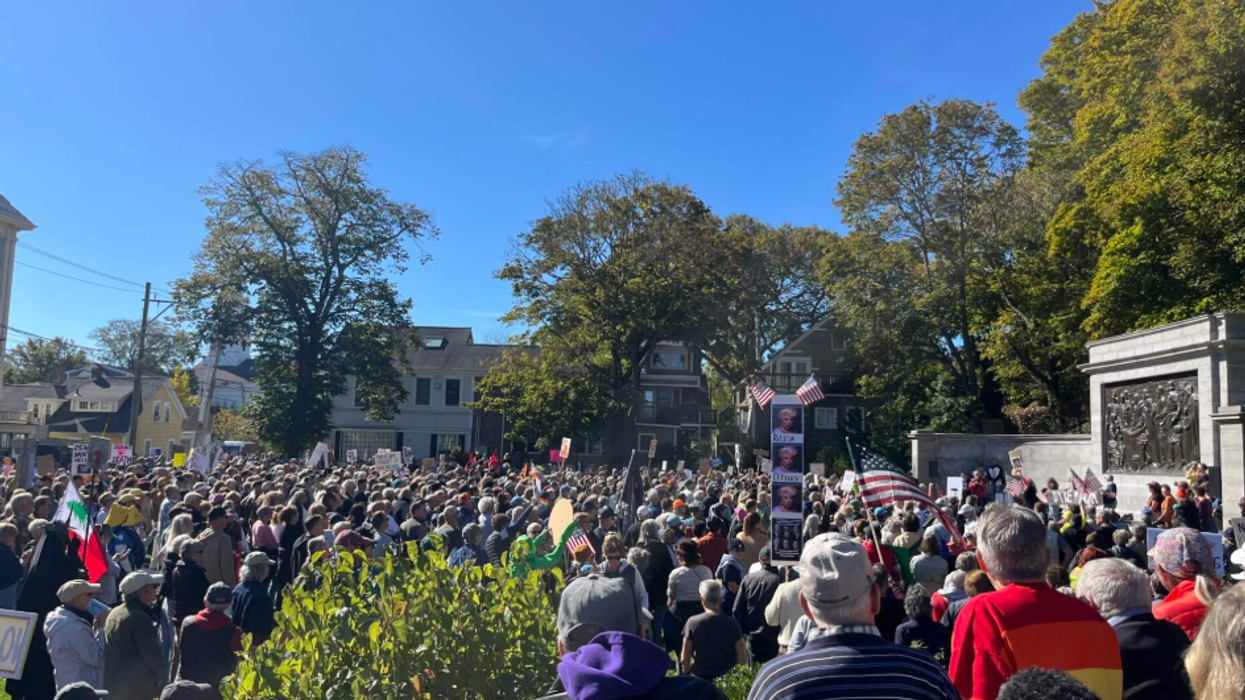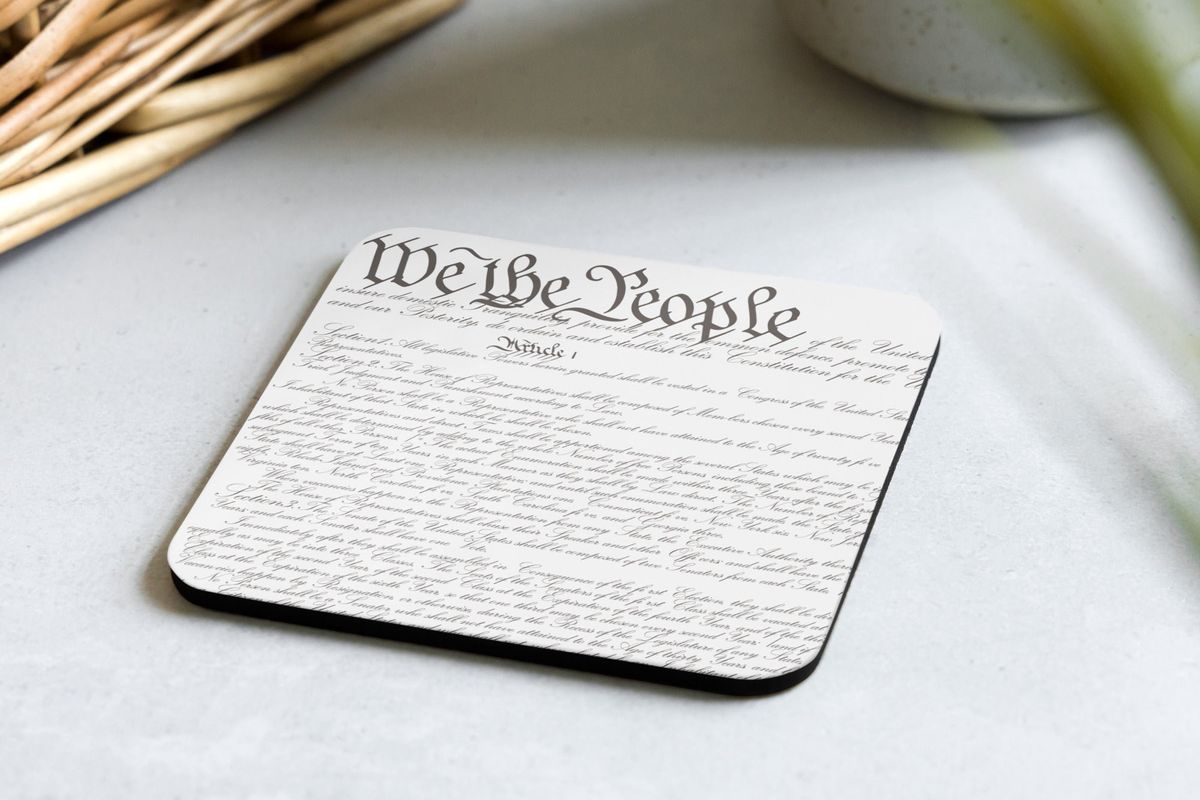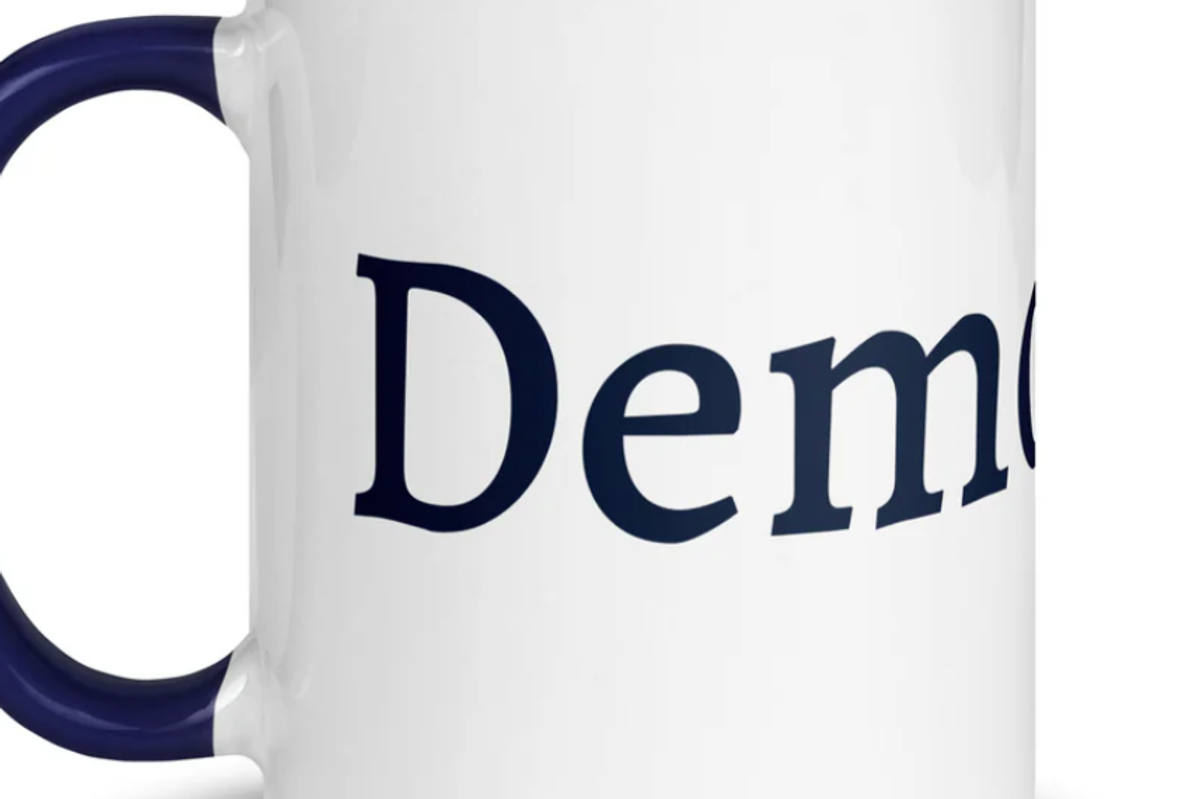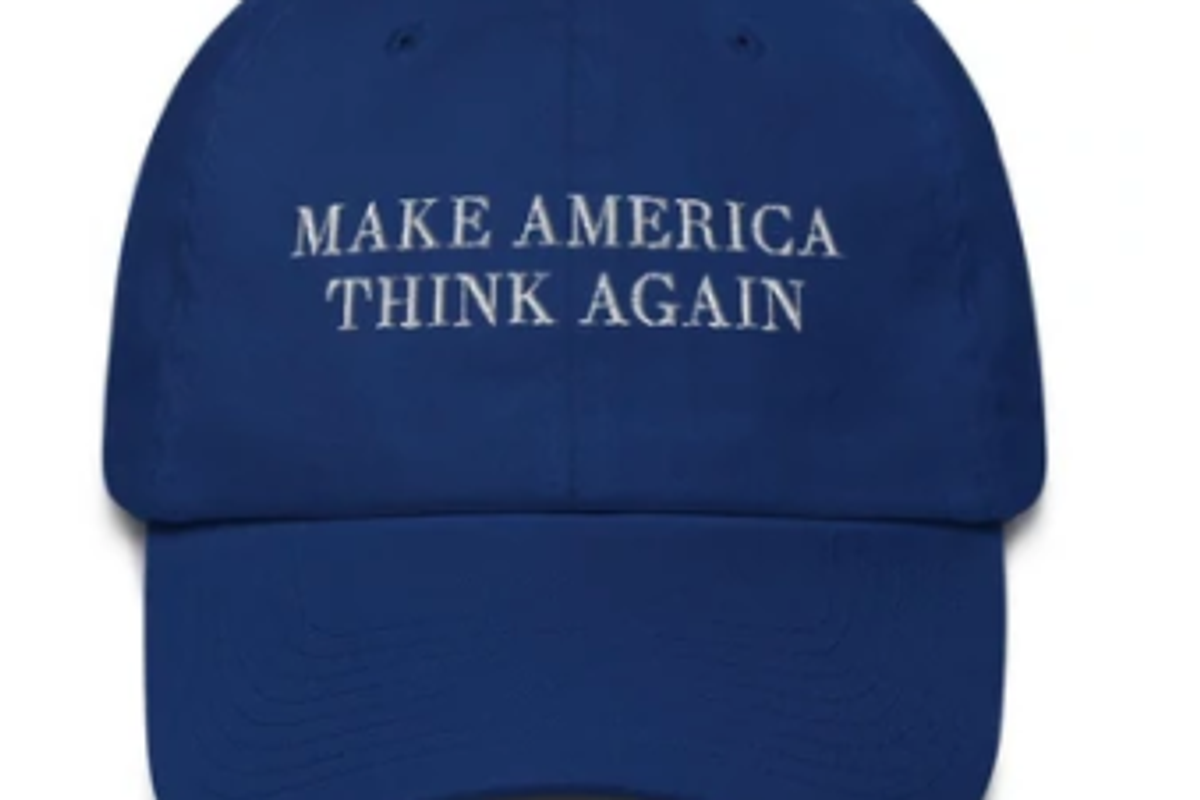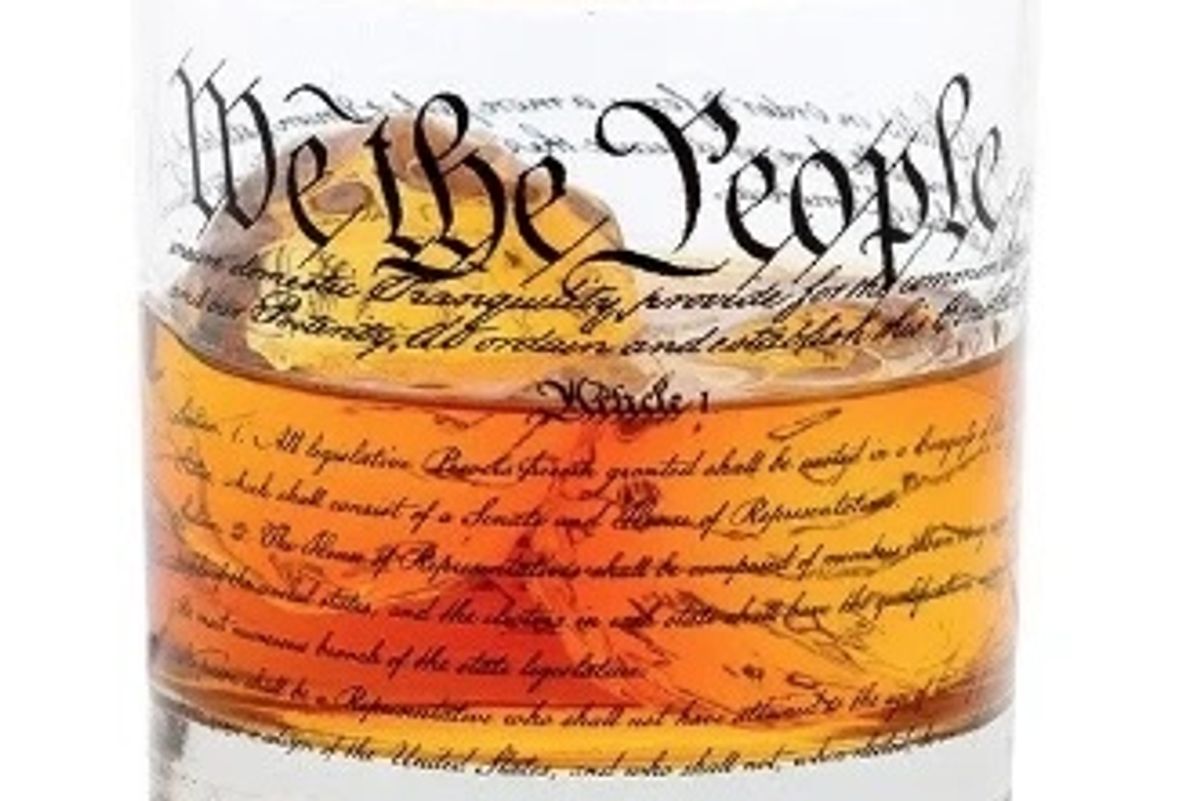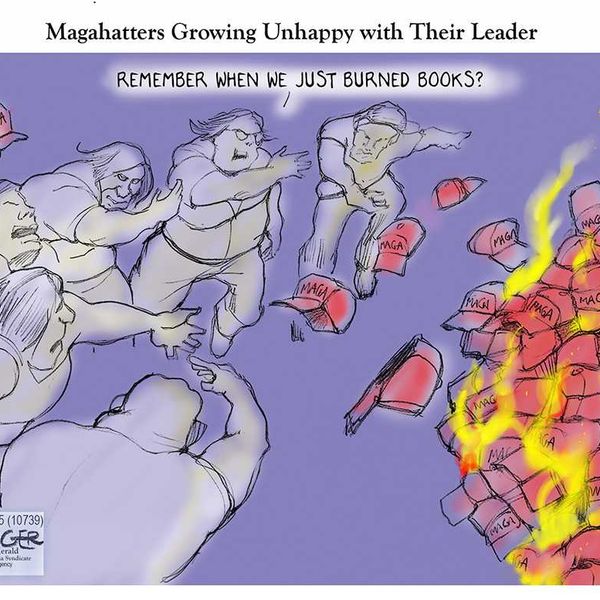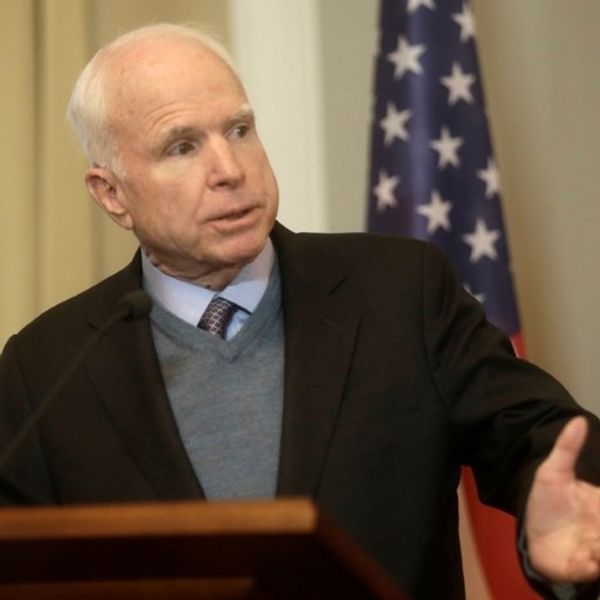New Polling Indicates A Blue Wave Building Toward 2026 Midterms
Riding a streak of unexpectedly strong election wins, Democrats have found yet another reason to feel bullish about 2026. A new PBS News/NPR/Marist poll shows a clear majority of voters leaning blue if the midterms were held today—a rare cushion in an era defined by razor-thin margins.
The headline number is almost jarring: Democrats lead the generic congressional ballot 55 percent to 41 percent. That’s the party’s biggest edge in this poll since late 2017, just before Democrats flipped more than 40 House seats during President Donald Trump’s first term. The symmetry isn’t perfect, but it’s close enough to make operatives on both sides sit up straighter. It’s the same point in Trump’s presidency; same polling drift away from the GOP; same ominous rumble of a potential blue wave.
But the map today is far less forgiving. A decade of hyper-aggressive gerrymandering—much of it encouraged by Trump—has drained the battlefield of competitive districts. Red states have raced to redraw maps mid-decade, and blue states have retaliated. The House is now a chessboard engineered to resist blowouts, even as public sentiment sours against the party in power.
To be sure, the Marist survey paints a rosier picture for Democrats than most. A FiftyPlusOne average of generic-ballot polling shows the party up by only four points. Even so, the broader landscape appears to be tilting their way. A November poll from Strength in Numbers/Verasight had Democrats leading 47 percent to 42 percent, and that edge widened once voters were reminded that Republicans currently run Washington.
Independents shifted especially hard: In the Marist poll, they prefer a Democrat over a Republican by nearly 2 to 1, an ominous sign for a GOP already stretched thin.
Part of the story is simply political gravity. When one party controls every lever of the federal government, voters tend to flirt with the other. And Democrats come into 2026 freshly emboldened by victories in New York, New Jersey, and Virginia—races that revealed just how fragile the Republican coalition has become under Trump’s second-term stewardship.
Those campaigns also shared a common throughline: an unrelenting focus on the cost of living. While Republicans centered their messaging on immigration and crime, voters kept drifting back to grocery bills and rent. It shows. Fifty-seven percent of Americans say lowering prices should be the president’s top priority. Immigration—Trump’s defining crusade—lags a staggering 41 points behind.
The White House has taken notice, albeit later than many Democrats hoped. In the past few weeks, the administration has started talking more about “affordability,” even scaling back some tariffs that made basic groceries more expensive.
Still, plenty of voters doubt the president really grasps how strained people feel right now. Trump has spent much of his second term focused on crime, foreign conflicts, and drug trafficking—issues where public opinion is far more diffuse. The polling suggests this disconnect is exacting a visible political cost.
Trump’s approval rating has slid to 39 percent, the lowest of his second term, and only 24 percent of independents give him high marks. Nearly half the country — 48 percent — now strongly disapproves of his performance. That’s a number he hasn’t seen since the immediate aftermath of the January 6 attack on the Capitol, NPR reports.
The GOP-led government shutdown hasn’t helped. As Congress finally broke the 43-day standoff, poll respondents placed the blame squarely on Republican shoulders. Six in 10 say Trump or congressional Republicans caused the crisis, a judgment that tracks with political reality: the GOP controls the presidency, both chambers of Congress, and the Supreme Court.
Beneath all of this sits a deeper erosion. Americans’ faith in institutions has collapsed to historic lows. Congress is the worst hit—80 percent say they have little or no confidence in it—but the media (75 percent), the Supreme Court (62 percent), and both political parties trail not far behind.
Democrats have their own internal vulnerabilities; only 57 percent of Democratic voters express strong confidence in their party. Republicans fare slightly worse, and independents tilt more favorably toward Democrats on measures of honesty and open-mindedness.
The hostility between the parties is almost total. More than eight in 10 Republicans and Democrats see the other side as “closed-minded,” and roughly three-quarters say the opposing party is “dishonest.” Independents aren’t neutral arbiters—they tend to view Republicans as more closed-off and less trustworthy. It’s a quiet but meaningful advantage for Democrats, especially at a time when the GOP runs every branch of government.
This is the backdrop to the 2026 midterm elections: a country exhausted by polarization, wary of its institutions, skeptical of its president, and, for now, favoring the party that’s out of power. The map may not allow for a 2018-style wave, but the fundamentals are unmistakably aligned in Democrats’ favor.
Whether they can hold that edge through another year of volatility is the open question. But at this moment, Democrats have momentum; Republicans have a Trump problem; and voters appear ready—once again—to hand the opposition the keys.
Reprinted with permission from Daily Kos

